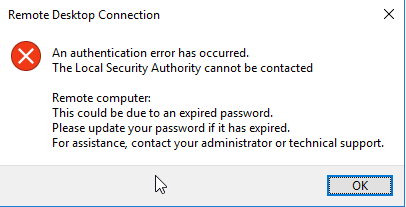
Indeed, there are more than 4.5 million RDP workers presented to the web alone, and a lot more that are available from inside interior organizations. what is rdp , the significance of knowing and understanding RDP has never been more noteworthy – particularly considering the new basic weaknesses that were found in the convention. It is currently fundamental information that is totally pivotal for everybody in the security business. RDP is an unpredictable convention with a huge number and the capability of discovering new basic bugs is still high. This is the reason the security business needs to teach itself about it.
RDP is applicable now like never before, having Microsoft’s Azure and Hyper-V stages utilizing it as the default far-off association convention and having the interest in this convention by aggressors rise, both as an underlying contamination vector and as a proliferation technique. Since we couldn’t track down an edible outline of this convention, in this article we’ll stroll through the essentials of RDP, how they work, and how a portion of the basic weaknesses found in RDP fit into the master plan of a genuine RDP association. Our expectation is that you’ll leave with an essential comprehension of the convention so you can keep perusing and exploring further about the convention for any future necessities.

The RDP connection can be into a few stages:
Connection Initiation :
The RDP association is started by the customer utilizing an X.224 Connection demand PDU. This parcel contains an RDP Negotiation Request that holds a couple of association banners and the security conventions upheld by the customer.
These settings both from the customer and the worker include:
- Center Data – RDP Version, Desktop goal, shading profundity, console data, hostname, customer programming data item ID, construct number, and so on
- Security Data – Encryption strategies, size of meeting keys, worker arbitrary utilized later to make meeting keys, and worker’s authentication a portion of this is just applicable when utilizing Standard RDP Security.
- Organization Data – Information about the mentioned and allotted virtual channels. This contains a number of channels and a variety of explicit virtual channels. The customer demands the specific kind of directs in the solicitation, and the worker supplies the real divert IDs in the reaction.
Channel Connection :
In the wake of setting up the rundown of virtual channels that will be utilized in the RDP meeting, here comes the stage at which each individual channel association is made. This has a couple of sub-stages:
- MCS Erect Domain Request – Height in the MCS area. Since RDP doesn’t exploit progressed MCS geographies, it will be 0.
- MCS Attach User Request – demand for a User Channel ID
- MCS Attach User Confirm – ID of the User Channel (+5) MCS Channel Join Requests and Confirmations – The customer will begin to demand joining the virtual channels by utilizing their IDs.
Security Commencement :
The customer sends a Security Exchange PDU containing the customer arbitrarily encoded with the worker’s public key. The customer and worker then, at that point utilize the arbitrary numbers both from the Basic Settings Exchange’s Security Data and from the Security Exchange PDU to make meeting encryption keys.


